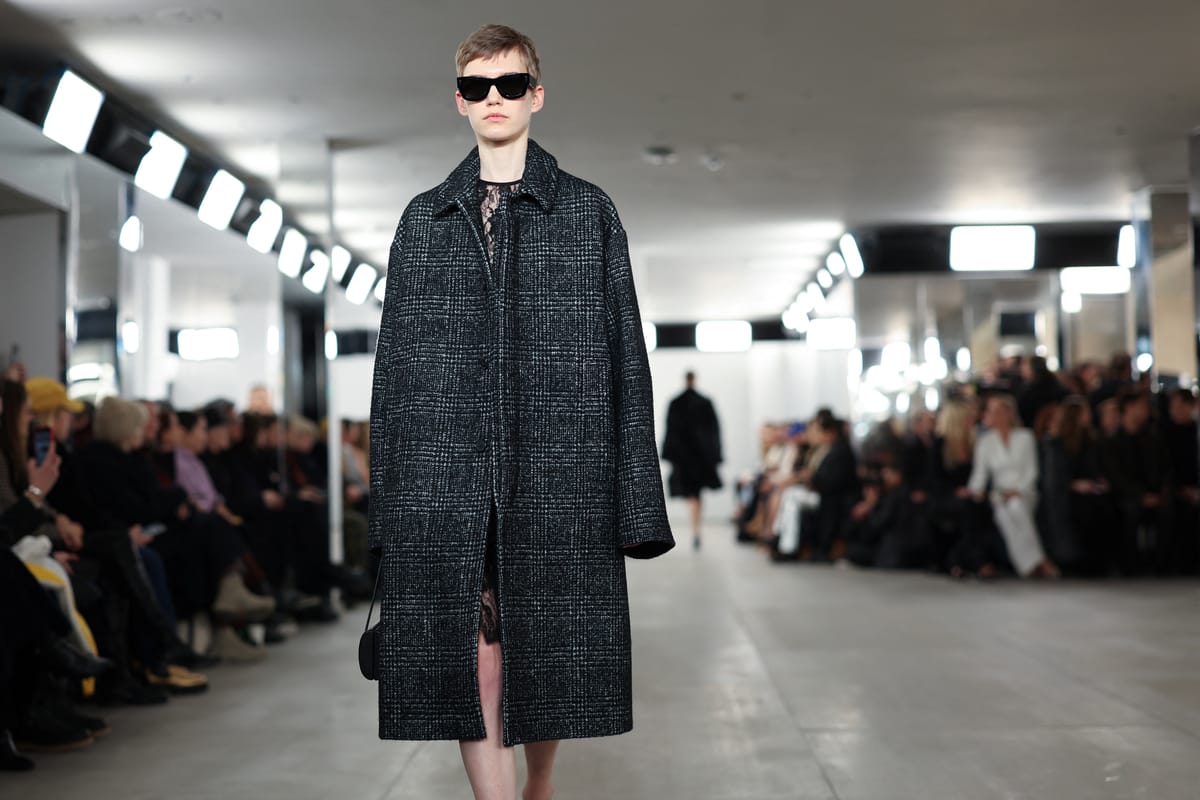How AI is redesigning and influencing the fashion industry
AI is a new tool that’s changing the way the fashion business works.

A few minutes every morning is all you need.
Stay up to date on the world's Headlines and Human Stories. It's fun, it's factual, it's fluff-free.
Do you ever wonder how fashion design houses are able to predict what the hottest trends will be ahead of time, year in and year out? Well, people known as fashion or trend forecasters are behind it – think the Anna Wintour character from “The Devil Wears Prada.” But now, after the quick progression of artificial intelligence (AI) over the last year or so, many industries are seeing its impact – and fashion is one of them.
Since the first color reports came out in 1915, people have been predicting what the next fashion craze will be. And the companies that forecast trends the way we know of today started coming about in the ‘60s and ‘70s.
Nowadays, forecasters pinpoint trends by looking at numbers, like tracking credit card information from online shopping and the frequency of store visits and purchases. We can’t forget the influence of social media on trends, too. And, of course, there’s the weather and also pop culture like movies, albums and red carpet looks. For example, with the release of the “Barbie” movie and the brand’s global cultural impact, there was an explosion of pink across store racks, with #barbiecore posts on TikTok amounting to around 1.1 billion views.
Surprisingly though, only 20% to 30% of what’s in stores is actually trending. The rest of the merch is made up of more evergreen basics, as most companies can’t afford to keep up with constantly changing trends (unless we’re talking about fast fashion brands like Shein).
But AI is a new tool that’s changing the way this business works. A McKinsey & Co.-Business of Fashion survey found that 73% of fashion executives said generative AI will be a priority for their business next year. Although AI is great for scouring the internet and social media to uncover trends, evaluating search data and generating images, it’s down to how the info is analyzed and used, says Achim Berg, a senior partner and global expert for the fashion and luxury industry at McKinsey.
AI is already being used by brands like Zara, H&M and Heliot Emil to control supply chains and reduce the amount of overstock and waste, which helps with sustainability. It’s also seeped into the design process, helping designers visualize different patterns and materials before actually making them.
Selkie, a viral slow fashion brand from the US, showcased its Valentine’s Day collection via Instagram last month, but many commented, saying that they noticed amid the cat and dog patterns that there was one puppy that had a few too many toes. A lot of people then started bashing the company for using AI to make its designs. But a Selkie rep came out to say AI is a new medium being used by lots of brands, and Selkie was staying “ahead of the curve” by experimenting with it.
While AI is still a bit polarizing and using it can backfire, a tool is only as smart as the person using it, as the saying goes. Last April, Cyril Foiret’s generative AI studio Maison Meta hosted the first AI fashion week in New York, where a competition showcased lines made with AI, and the winners could have their designs physically made and sold online through Revolve.
“AI is such a powerful tool that is amplifying creativity. People thinking jobs are going to reduce shouldn’t think like that. We all just need to get accustomed with the tools, but if it is just a tool without a person behind it, it’s of no use,” said Matthew Drinkwater, the head of the London College of Fashion’s Innovation Agency, to the BBC.




Comments ()